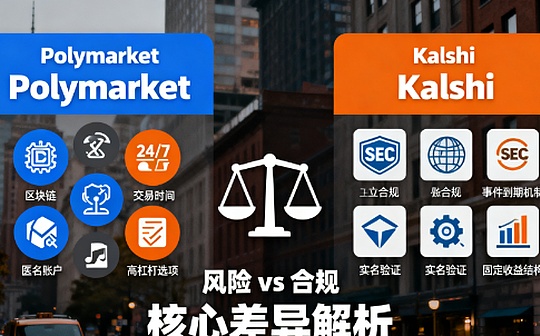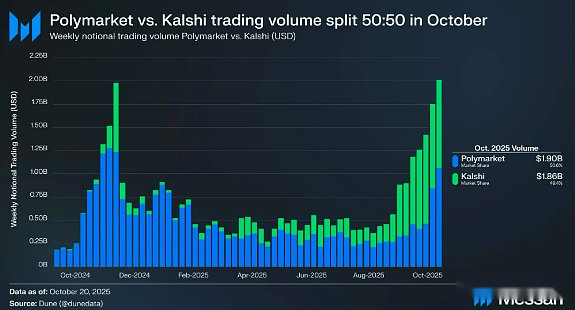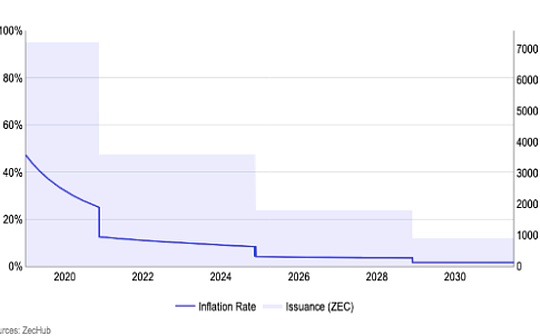
Source: Messari; Compiled by: Bitcoin Vision
Prediction markets are becoming one of the most important battlegrounds in the cryptocurrency space.
Polymarket and Kalshi are at the core of this, with different strategies but the same end goal: converting real-world events into liquid and tradable markets.
In the long run, this will lead to a better product for consumers and make prediction markets one of the leading areas in the cryptocurrency space.

The capital support of these two platforms reflects the importance people attach to this field.Kalshi closed a $185 million Series C round in June, followed by a $300 million Series D round in October.Polymarket recently completed a $2 billion financing round from Intercontinental Exchange (ICE), the parent company of the New York Stock Exchange.Today, both companies have institutional influence beyond their native cryptocurrency roots.
Trading activity remains synchronized.In the first half of October, Polymarket’s notional trading volume reached $1.9 billion.Kalshi follows closely behind with $1.8 billion.The annualized trading volume of both exchanges is expected to reach more than $45 billion.
But the real shift lies in how both sides position themselves for growth.
Kalshi, which started out as a U.S.-regulated prediction market with approval from the U.S. Commodity Futures Trading Commission (CFTC), is now moving into cryptocurrency infrastructure and distribution.On October 13th, they partnered with Pyth to publish their event data on-chain.A few days later, Robinhood announced it would be adding more than 100 new event contracts from Kalshi, covering key political events in 2025 such as tariffs, Fed policy, government spending cuts and more.
In contrast, Polymarket is expanding from a cryptocurrency-native foundation into the regulated space.Earlier this month, they received approval to operate in the United States and launched a series of integrated services.In the past two weeks alone, it has launched a rising and falling stock market that allows users to bet on stock price movements, added deposit and withdrawal capabilities to Hyperliquid, and confirmed an exclusive integration with MetaMask.
Kalshi CEO Tarek Mansour compared the rivalry to the battle between NFL stars Brady and Manning, with the two operators motivating each other to improve their competitiveness.He does not view Polymarket as a threat, but as a worthy competitor.Polymarket forced Kalshi to build faster, think deeper, and provide better service.In his view, it is the users who will ultimately benefit from this pressure.
This is not only a battle for market share, but also a competition to optimize product structure and distribution channels.Kalshi is expanding into crypto-native infrastructure through data oracles and retail integration, while Polymarket is moving toward regulatory onboarding and formal distribution through platforms like MetaMask.This back-and-forth competition is accelerating iterations of user experience, liquidity access, and composability, and this dynamic is why prediction markets have a real chance to develop into a leading financial native element.







